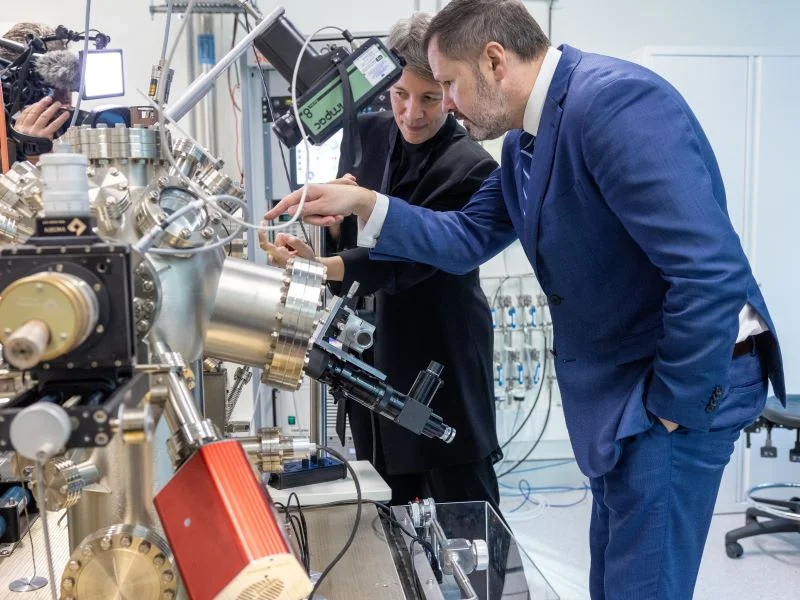The Industry department has revealed the seven key objectives and potential policy initiatives of Australia’s upcoming national quantum strategy, setting its sights on a “thriving environment” that spans research, commercialisation and use of the transformative technology.
National quantum challenges, an infrastructure audit, a national stockpile of imported technologies, and making quantum a bigger part of the AUKUS pact have all been floated as potential initiatives from the upcoming national plan.
On Wednesday, the Industry department released a proposed framework for the Australian Government’s National Quantum Strategy. The strategy is currently being developed by chief scientist Dr Cathy Foley and a new National Quantum Advisory Committee.

The proposed framework has seven objectives and offers potential initiatives for each to fully capitalise on the nation’s existing concentration of research capability and applied technology success.
The objectives range from research leadership and infrastructure to supply chain security and making Australia a destination for outside quantum talent.
“We can’t let this opportunity slip and need to back ourselves and reach for our vision – to have a thriving quantum industry and be at the forefront of global technological innovation,” the paper says.
The consultation paper proposes seven objectives:
- Create a thriving environment for the development, commercialisation and use of quantum research, including by increasing awareness and demand
- Enable access to world leading infrastructure – including quantum computers – and manufacturing capabilities that will allow researchers and companies to flourish
- Enhance Australia’s global leadership in quantum research by driving the next wave of quantum discoveries and technological breakthroughs
- Make Australia the top destination for quantum technology talent, and drive the growth of the skilled workforce to allow industry to scale
- Address supply chain barriers and enhance Australia’s role in the global supply chain
- Strengthen domestic and international partnerships, and entrench Australia’s role as an international quantum leader
- Create the right settings to build trust, ensure inclusivity and balance national interests with economic opportunities.
To create a thriving environment for quantum, the strategy could lead to initiatives like expanded research commercialisation programs, working with the global investment community to leverage patient capital, and building awareness and coordination for Australia’s quantum ecosystem, according to the paper.
National quantum challenges for things like weather prediction and navigation could also be used to build the environment by bringing together academia, quantum businesses and other sectors to “jointly work on applying quantum technologies to solve a business problem and attract investment”.
To improve quantum infrastructure access, a national audit could follow the strategy, while Australia investigates the feasibility of obtaining early access to current-state quantum computing capabilities.
“This may involve building a capability in Australia, or ensuring preferential and affordable access to cloud computing capabilities for Australian businesses and researchers,” the paper says.
The final objective reflects the new Labor government’s commitment to find a “middle path” for critical technologies between security risks and economic gains, in contrast to the previous government’s national security lens.
The paper said a possible initiative under this objective would be to work across government to “balance regulatory and compliance settings with the need to unlock industry growth and commercialisation opportunities”.
The upcoming national quantum strategy will cover the full spectrum of quantum technologies, from near term applications like quantum sensors to longer term technology development, such as the development of fully fault-tolerant quantum computers.
It will also consider quantum software and algorithms to “ensure we’re covering the breadth of opportunity before us”.
Stakeholders have until November 5 to comment on the objectives, if any have been missed, and how they should be prioritised.
Do you know more? Contact James Riley via Email.

